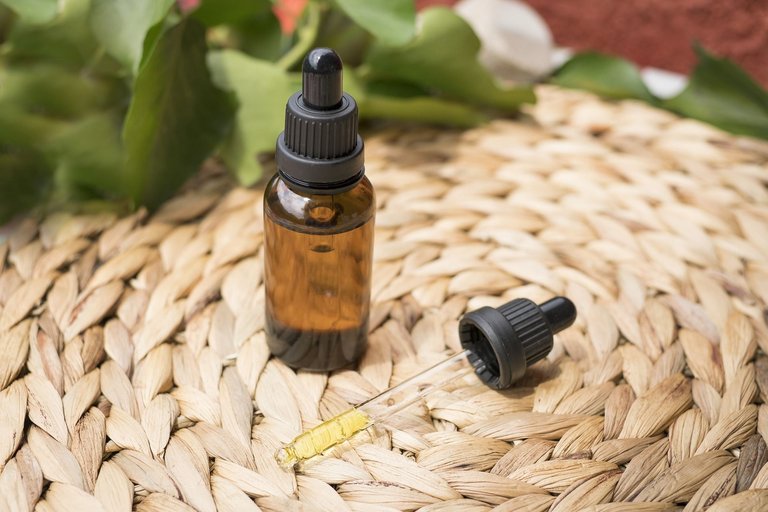Good morning everyone, today I would like to share with you my personal experience in using lemon as a phytotherapeutic remedy.

Description: evergreen tree.
Minimum cultivation temperature: 5 °C.
Balsamic period: November.
Toxicity: low, the juice on the skin can cause erythema.
Do not take Citrus limon supplements during pregnancy and breastfeeding, always consult a doctor before taking phytotherapeutic preparations based on this plant.
Beneficial properties: antidiarrheal, antispasmodic, vasoprotective and digestive.
Confirmed activities: simple germicidal essence, flavoring (essential oil) and food (fruits).
Active ingredients: limonene, bisabolene, cadinene, acetic acid and lauric acid.
PREPARATIONS
Fruit juice: consumed fresh, for the antidiarrheal function.
Infusion: prepared with 15 g of fresh peel per 100 ml of water for the antispasmodic function.
Officinal tincture: prepared with 10 g of dried peel, chopped, macerated for 21 days in 100 ml of 62° hydroalcoholic solution. The filtrate can be kept for 3 years, 30 drops per day for the vasoprotective function.
Liqueur: yellow peel of 7 lemons, chopped, macerated in 500 ml of 96° alcohol for 30 days, syrup prepared with 500 ml of water and 300 g of sugar, the filtrate can be kept for 2 years, for the digestive function.
NOTES
Recent research suggests that some trace elements present in lemon are able to lower uricemia without altering diuresis.
Buongiorno a tutti, oggi vorrei condividere con voi la mia esperienza personale nell'utilizzo del limone come rimedio fitoterapico.

Foto di Erin Stone da Pixabay
Descrizione: albero sempreverde.
Temperatura minima di coltivazione: 5 °C.
Periodo balsamico: novembre.
Tossicità: bassa, il succo sulla pelle può causare eritemi.
Non assumere integratori di Citrus limon in gravidanza e allattamento, consultare sempre un medico prima di assumere preparati fitoterapici a base di questa pianta.
Proprietà benefiche: antidiarroico, antispasmodico, vasoprotettore e digestivo.
Attività confermate: essenza germicida semplice, aromatizzante (olio essenziale) e alimento (frutti).
Principi attivi: limonene, bisabolene, cadinene, acido acetico e acido laurico.
PREPARAZIONI
Succo del frutto: consumato fresco, per la funzione antidiarroica.
Infuso: preparato con 15 g di scorze fresche per 100 ml di acqua per la funzione antispasmodica.
Tintura officinale: preparata con 10 g di scorza essiccata, tritata, fatta macerare per 21 giorni in 100 ml di soluzione idroalcolica 62°. La conservazione del filtrato è pari a 3 anni, 30 gocce al giorno per la funzione vasoprotettrice.
Liquore: scorza gialla di 7 limoni, tritata, fatta macerare in 500 ml di alcol 96° per 30 giorni, sciroppo preparato con 500 ml di acqua e 300 g di zucchero, la conservazione del filtrato è pari a 2 anni, per la funzione digestiva.
NOTE
Da ricerche recenti pare che alcuni oligoelementi presenti nel limone siano in grado di abbassare l‘uricemia senza modificare la diuresi.
Sources - Fonti :
https://erbeofficinali.org/dati/q_scheda_res.php?nv_erba=LIMONE
https://www.lerboristeria.com/erbario/limone.php
Congratulations @ghilvar! You have completed the following achievement on the Hive blockchain And have been rewarded with New badge(s)
Your next target is to reach 35000 upvotes.
You can view your badges on your board and compare yourself to others in the Ranking
If you no longer want to receive notifications, reply to this comment with the word
STOPWow! :)
!discovery 30